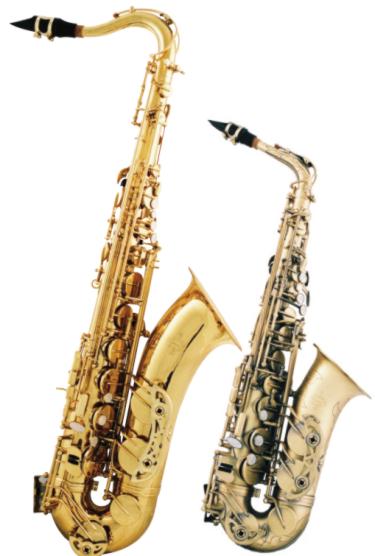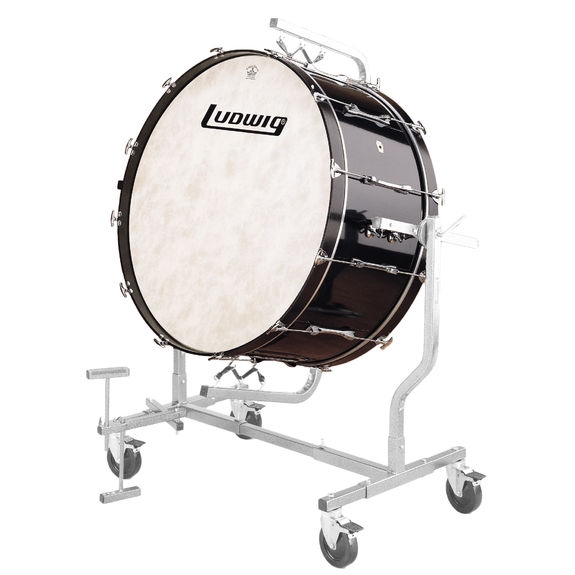➸┆BAND CAMP #2k15 ━ ◜ music cheatsheet ◞


FOR ALL YOU MUSIC NOOBS
It will be split up into 3 sections: brass, woodwind, and percussion. And for fun, I'll include some silly stereotypes for each section (don't be offended please lol). This will focus on concert band (sorry marching bnd and orchestra!) since that is what I know best. Basically this is where I get to nerd out. --hazel




These intruments create sound by the vibrations of the player's lips making a buzzing sound into the mouthpiece. The term "brass" is defined by the way the sound is made and not by if it is made from brass or not. Pitch is controlled by the operation of valves or slide, andlip tension.
TRUMPET ➳ It has the highest register in the brass family. The trumpet is used to play most types of music (classical, jazz, etc...).
STEREOTYPES : They're loud and proud. Tend to have odd and offbeat, senses of humor. Leaders of the band causing them to be fairly egocentric and arrogant.

FRENCH HORN ➳ The backward facing orientation of the bell creates a desired subdued sounds. It's conical bore responsible for it's characteristic tone, usually described as "mellow".
STEREOTYPES : They tend to be really smart or pretty stupid. Seem to get along well with everyone else in the band. True horn players can be fairly rare.

TROMBONE ➳ Predominantly cylindrical tube bent into an elongated "S" shape. The adjustment of inotation is most often accomplished with tuning slide between the mouthpiece and bell in a U-bend.
STEREOTYPES : The most erted section in the band, able to find something immature within any topic. Loves to get on peoples nerves by poking them with the end of their slides.

EUPHONIUM/BARITONE ➳ The euphonium and baritone are commonly confused with each other. Baritone is usually smaller than the euphonium.The two instruments are easily interchangeable.
STEREOTYPES : Usually HUGE band geeks. Can be the extream version of trombones, but can also be classified as very quiet, calm people. Any females playing tend to be quirky

TUBA ➳ The largest and lowest-pitched intrument in the brass family. It first appeared in the mid-19th century making it one of the newest instruments in the modern orchestra and concert band.
STEREOTYPES : Generally docile, but can be the loudests members of the band. They have a great sense of humour but often get in trouble for talking during rehersals. They tend best buds with trombonists or percussionists.

EXAMPLES OF OTHER BRASS INSTRUMENTS ➳ Piccolo Trumpet, Bass Trombone, Cornet, Flugelhorn
There are two main types of woodwind instruments: flutes and reed instruments. The differences between the two is the way they are able to produce sound. Flutes produce sound by focusing stream of air across the edge of a hole in a cylindrical tube. Reeds produce sound by focusing air through a mouthpiece causing a reed (or reeds) to vibrate.
PICCOLO & FLUTE ➳ Have the same . Piccolo produces a sound an octave higher than written). It is often used to add sparkle or brilliance to the overall sound of the band. Produces sound when a stream of air creates vibration across a hole in the instrument
STEREOTYPES : Tend to be too happy and outgoing. Trumpets tend to hate them for no reason. There's always way too many of them.

OBOE ➳ Compared to other musical instruments, the oboe has a bright, distinct, clear sound. It is a member of the double reed family. Some say that the oboe is what a duck would sound like as an instrument.
STEREOTYPES : Extreamly awkward and no one seems to get your sense of humour. Shy and quiet, the rest of the band believe they have a weapon of mass destruction in their case.

CLARINET ➳ Have the largest pitch range of common woodwind instrument. The tone quality can vary with the musician, the instrument, and mouth piece and the reed. The intricate key organization can cause for some passages to be awkward.
STEREOTYPES : There are quite competitive with each other in their own section. They tend to get into battles with the trumpets since both sections have fairly large egos.

ALTO (RIGHT) & TENOR (LEFT) SAXOPHONES ➳ First created to be a group of instruments to be a powerful vocal in the band. Usually a middle ground between brass and woodwinds.
STEREOTYPES : They love to steal solos from other sections (mostly French Horns). Band directors usually love saxes, except for when they don't know when to stop playing. Throughout the saxophone section they consider each other a family.

BASSOON ➳ Known for it's distinctive tone color, wide range, variety and character and agility. Often compared to a male baritone's voice for it's warm, dark, reedy timbre,
STEREOTYPES : Tries too hard to be different. Can usually be the smartest in the band, but take whatever others say too literally. Besides the french horn, they hate every other brass instrument.

EXAMPLES OF OTHER WOODWIND INSTRUMENTS ➳ Cor Anglais (English Horn), Soprano & Baritone Saxophone, ContraBassoon, Bass Clarinet
Musical instrument that is sounded by being struck or scraped by a beater. Believed to be the oldest musical instruments, following the human voice. This section can contail non percussive instruments such as, whistles and sirens. Mostly devided into two classes, pitched and unpitched instruments.
STEREOTYPES: The least geeky of the band. They all want to play the drumkit but are usually just stuck on mallet percussion or are in charge of hitting something.
TIMPANI ➳ Usually consists of four drums that are set up in an arc around the performer. Pedaling refers to changing the pitch of the drum with the pedal (aka tuning). Striking the drum in different spots of the head can change the tone and pitch of the sound.

AUXILIARY ➳ This includes an enormous variety of intruments, including drums, cymbals, bells, shakers, whistles, and even found objects. The understanding of techniques on the snare, bass drum, etc, are needed to use other objects as percussion.

MALLET (TUNED PERCUSSION) ➳ Used to produce musical notes of one or more pitches. A mallet percussion instrument is a melodic percussion instrument played with mallets. This includes: xylophone, glockenspiel, vibraphone, marimba.

DRUMS (UNTUNED PERCUSSION) ➳ Consists of a drumhead that is either hit with the percussionist's hands or a stick. Other examples are: bass drum, snare, toms, bongos, conga


Comments